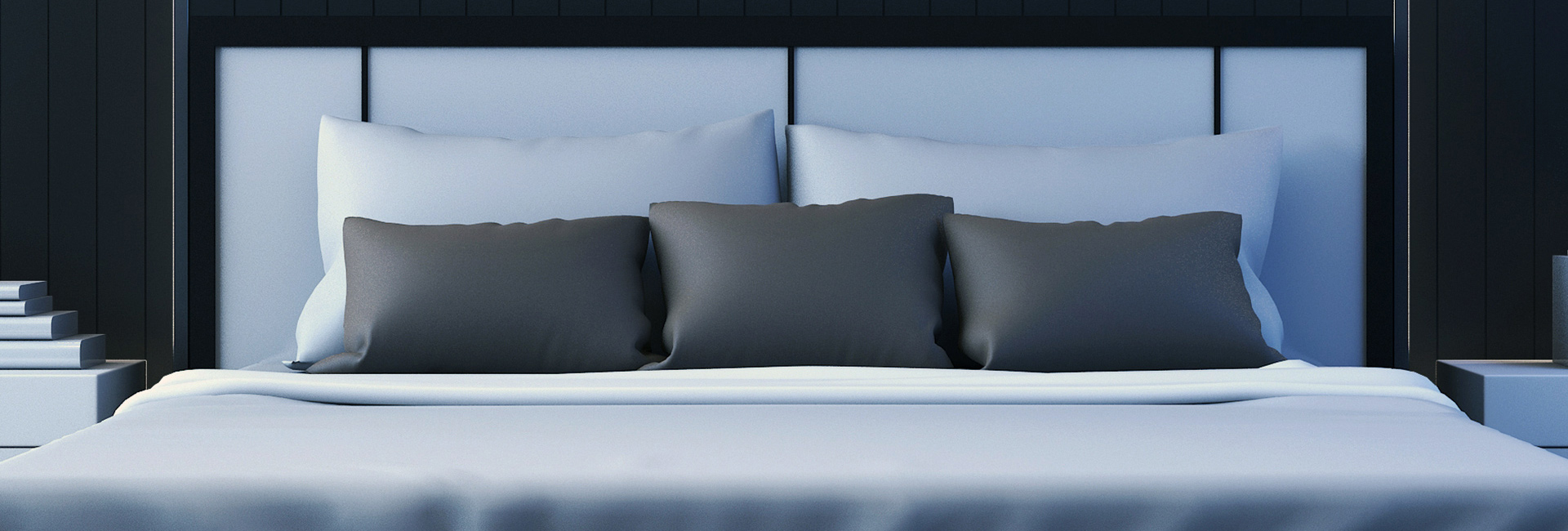
CPAP Alternative
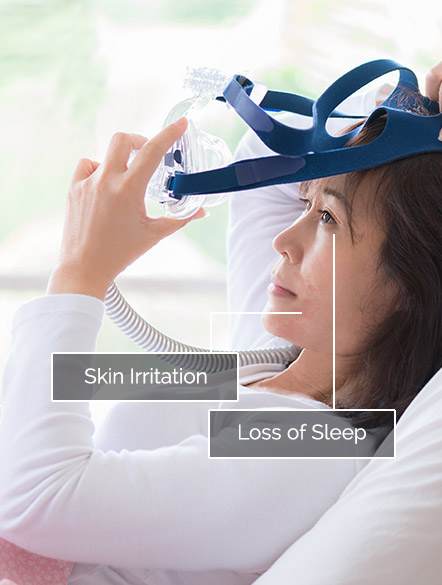
My CPAP Is So Uncomfortable. Is there a better option?
We get it. You’re supposed to wear this large CPAP mask to eliminate your sleep apnea symptoms and help you sleep better. But the mask is so uncomfortable that you just toss and turn all night trying to get into a comfortable position. It can even make you feel claustrophobic at times. And if you have to travel? Lugging your CPAP device through an airport or on a train or a bus is not the most convenient option.
If you want a sleep apnea treatment that is a better fit for your routine, consider oral appliance therapy. You can wear a comfortable appliance similar to a mouthguard that fits entirely inside of your mouth. The appliance is designed to fit your unique mouth structure, so it will be so comfortable that you may even forget that you’re wearing it. Plus, you can tuck it into your carry-on if you’re headed out of town.
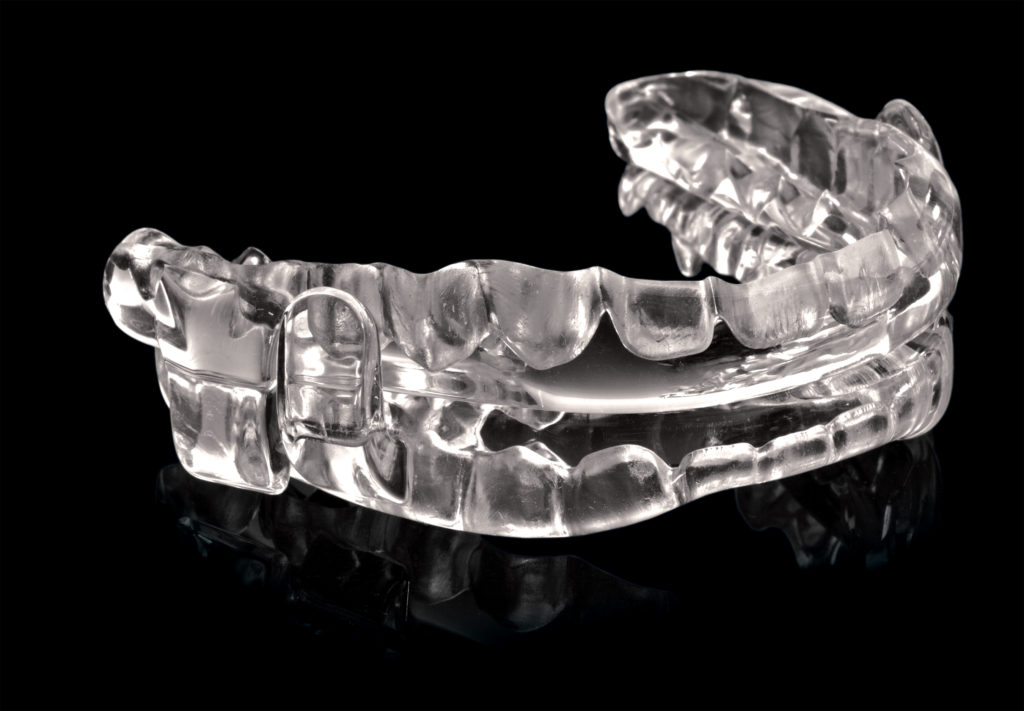
Is oral appliance therapy as effective as a CPAP?
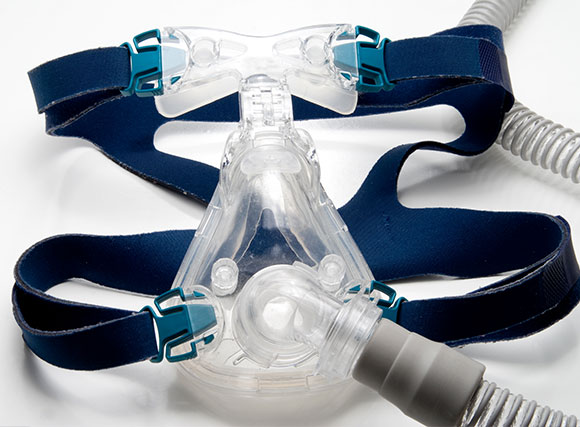
Although an oral appliance works much differently than a CPAP device, both approaches are highly effective at eliminating the conditions that cause sleep apnea. The oral appliance focuses on holding some of your mouth’s components in a particular position so that the soft tissues at the back of your throat are far less likely to collapse and cover up the airway opening when you are lying down. The appliances work well, especially if you’re actually using them each night, unlike your clunky CPAP.
Sleep Better Virginia recommends the following devices:
SomnoMeds (Fusion, Flex, Suad, Herbst Advance)
Prosomnus (IA, Select, CA and the PH)
Dreamsystems (Oasys Herbst, Oasys with nasal dialators and tongue depressors)
Panthera appliance
Oventus appliance
Glidewells (Silent Nite, EMA)
Temporary appliances (Blue Pro, My Tap, Alph)
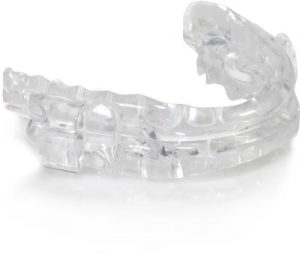
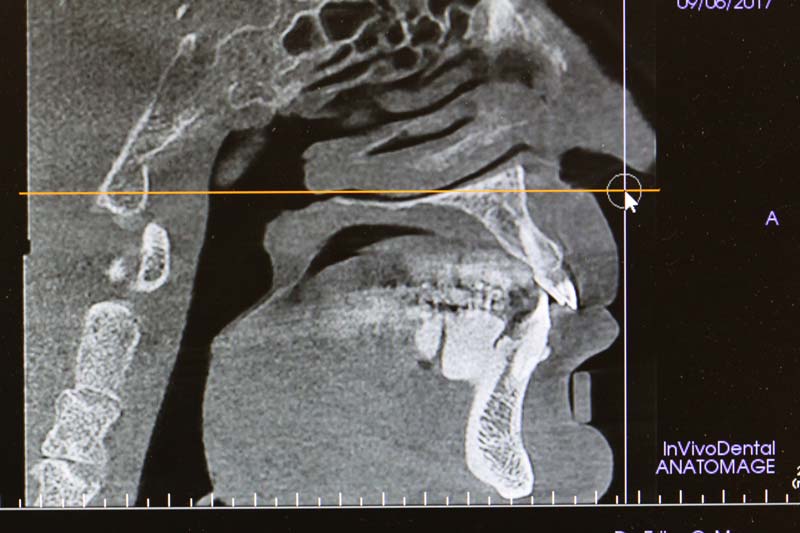
What is the process for getting an oral appliance?
In order to start your path to oral appliance therapy and better sleep, you’ll first visit our office for your initial evaluation. At this appointment, the provider will gather all of the information needed to design your appliance. The dentist may take photos, x-rays or digital impressions to ensure a good fit. When your appliance is ready, we send the scan to be read by a Radiologist and they give us a report, you’ll then return to the office to be fitted with it. Your provider will also educate you about what to expect as you get used to the appliance.
